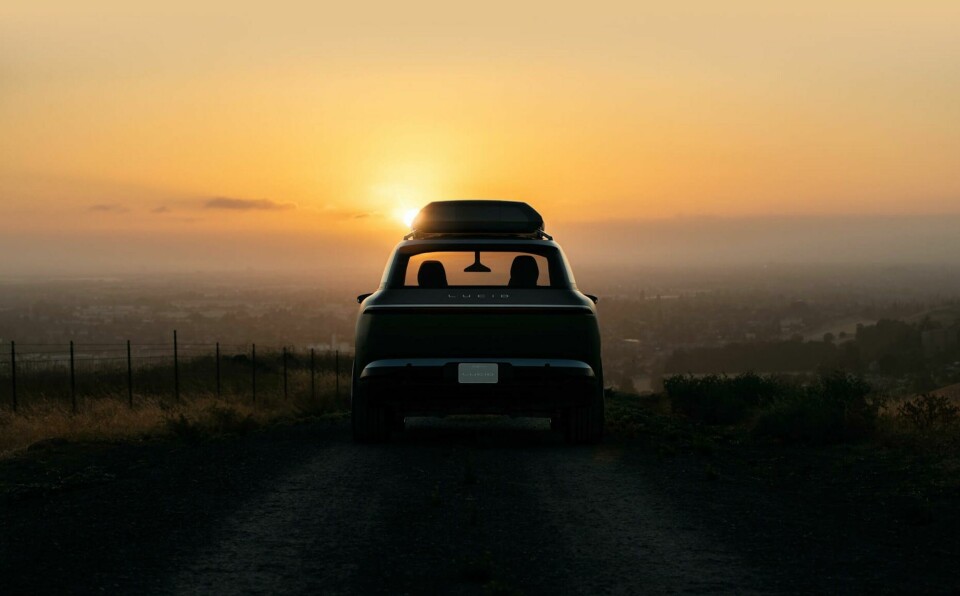
Where next for SUV design?
The success of SUVs has been remarkable story but has brought with it an aesthetic homogeneity. Can designers harness electrification and new technology to reinvigorate the segment?
Most popular stories from 2021
-
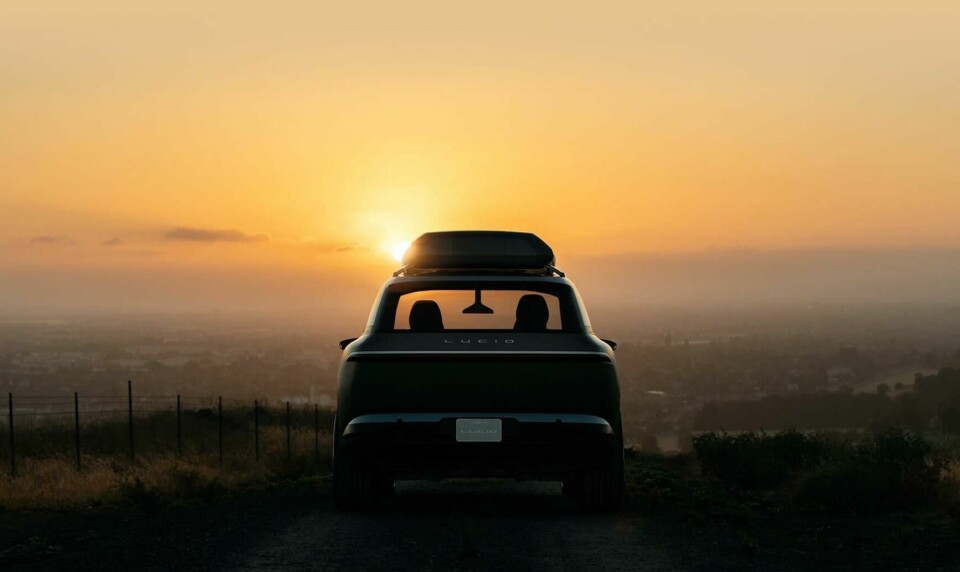
Most popular stories from 2021
-
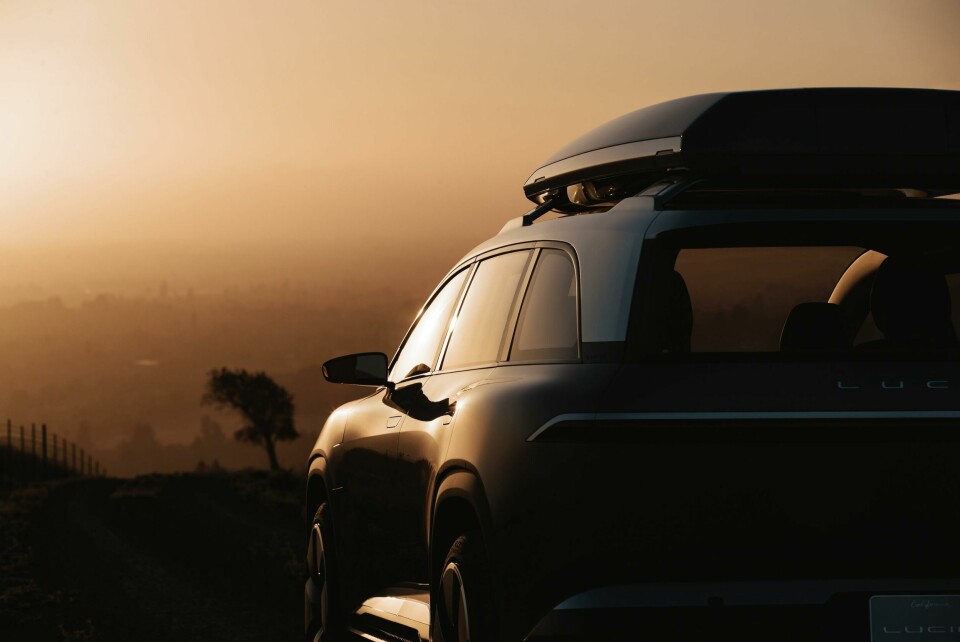
Where next for SUV design?
-
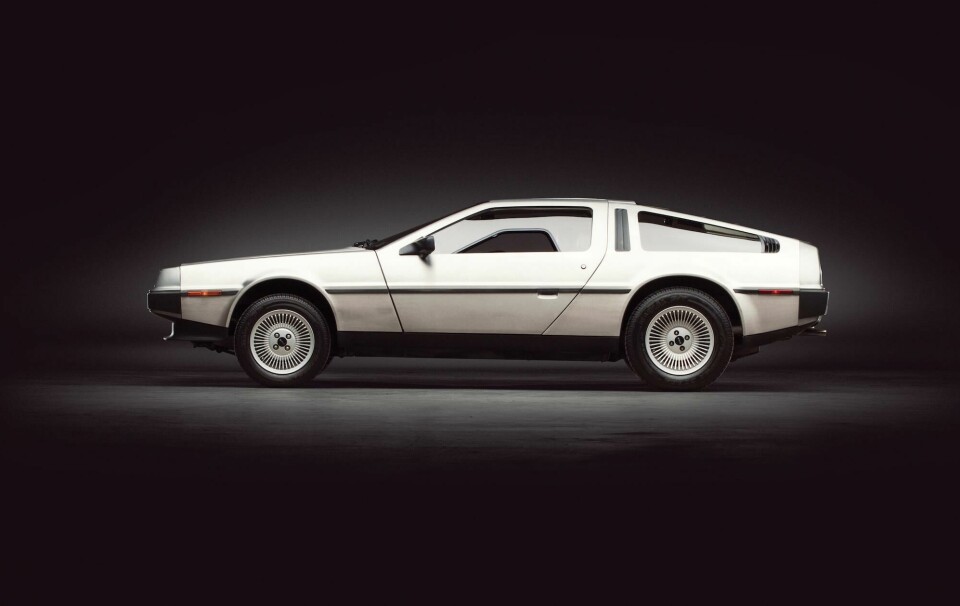
Review – DeLorean: Back from the Future
-
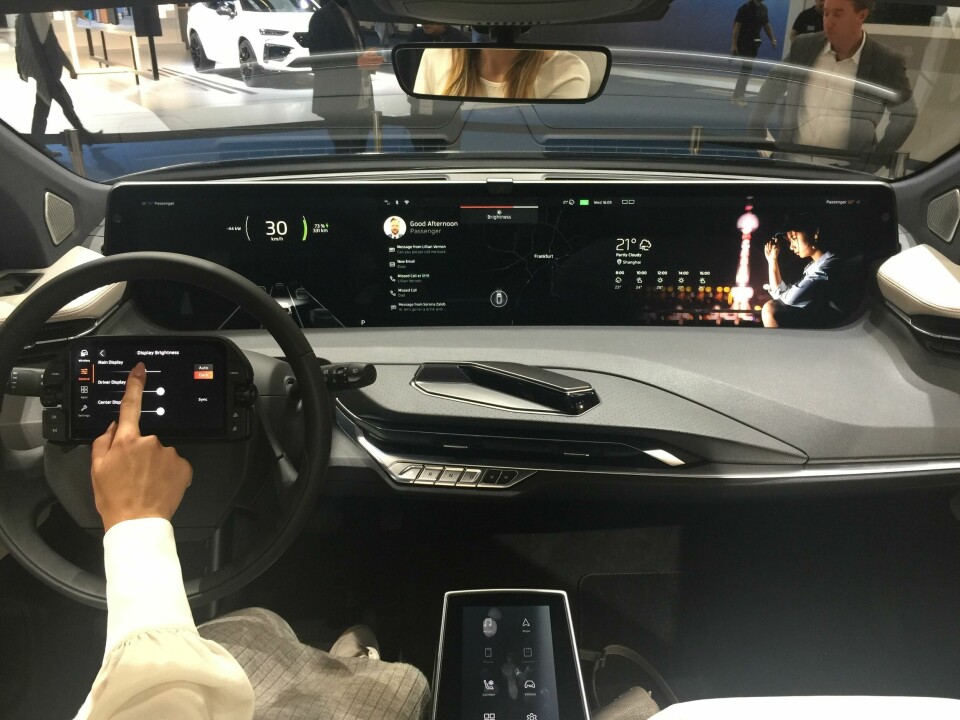
State of the Screen
-
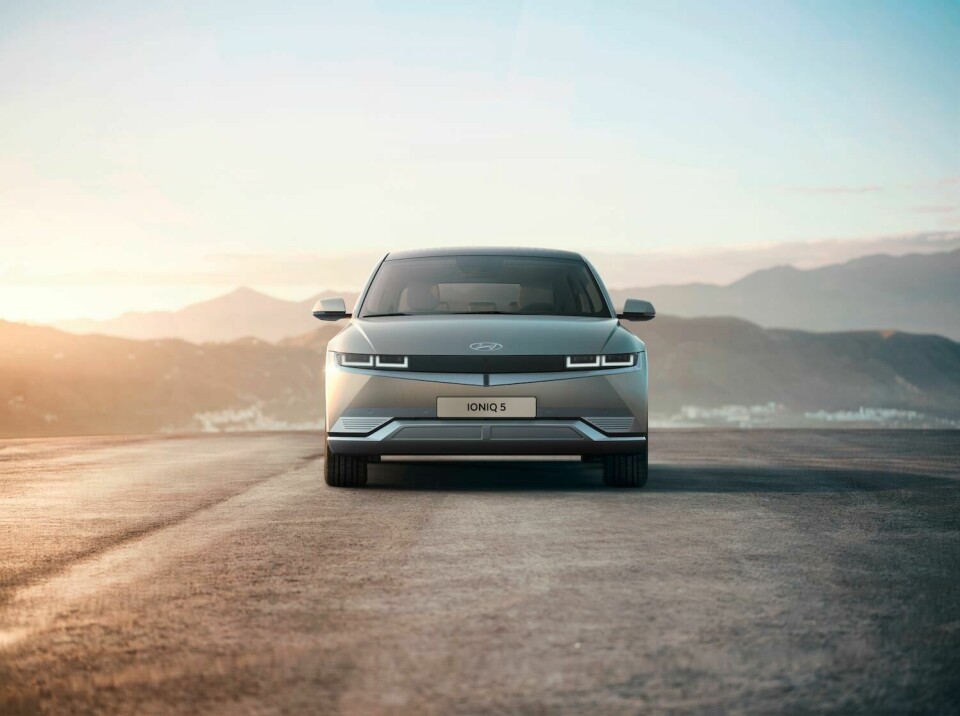
Hyundai Ioniq 5 and Renault 5 Prototype scoop Car Design Review awards
-
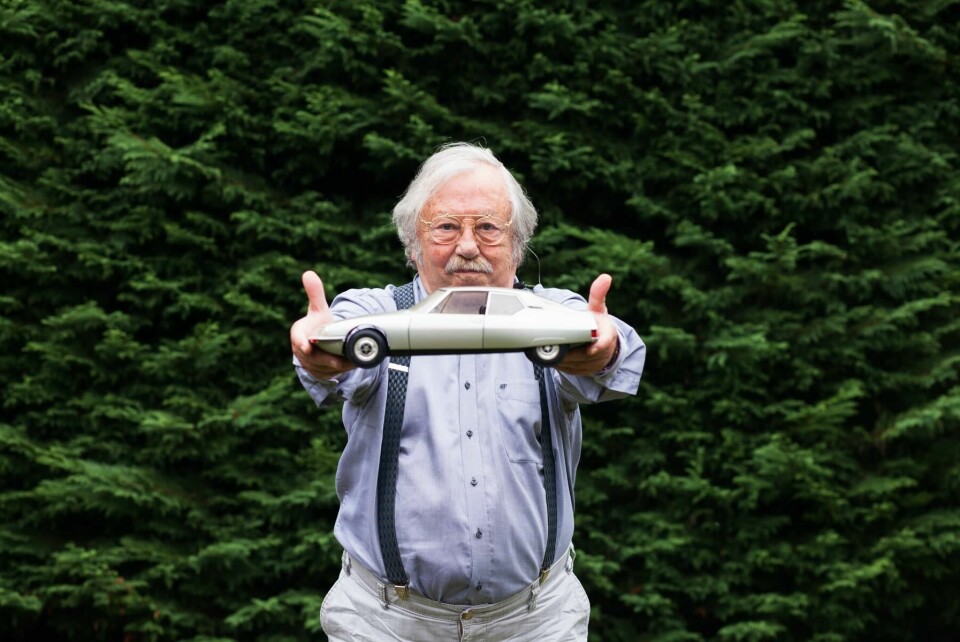
Obituary: The French maestro Robert Opron
-

Design legend Marcello Gandini distances himself from “so-called new Countach”
-
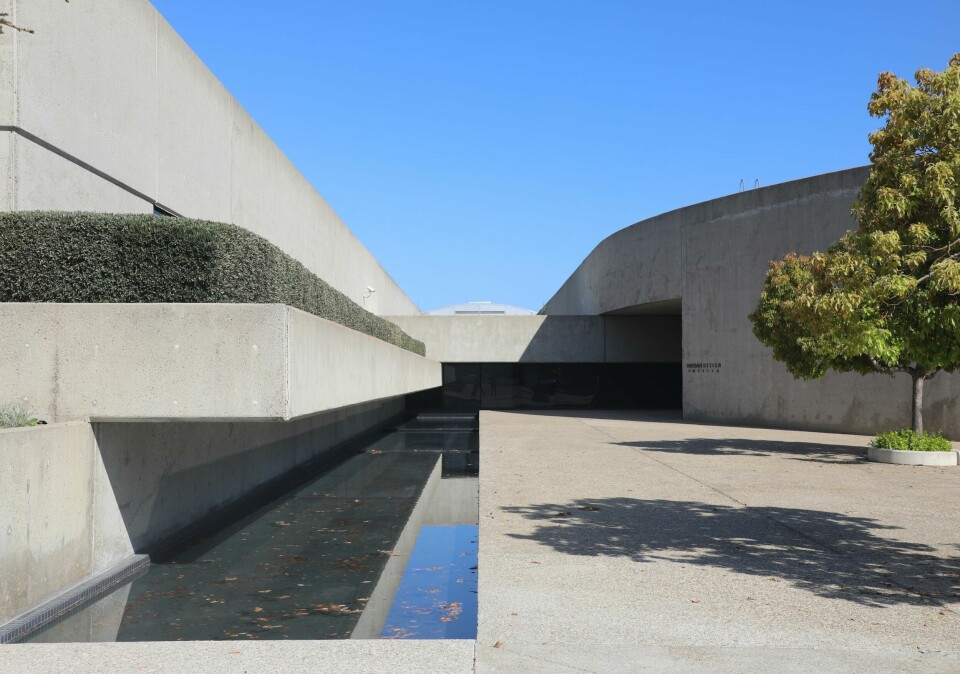
Studio Visit: Nissan Design America
-
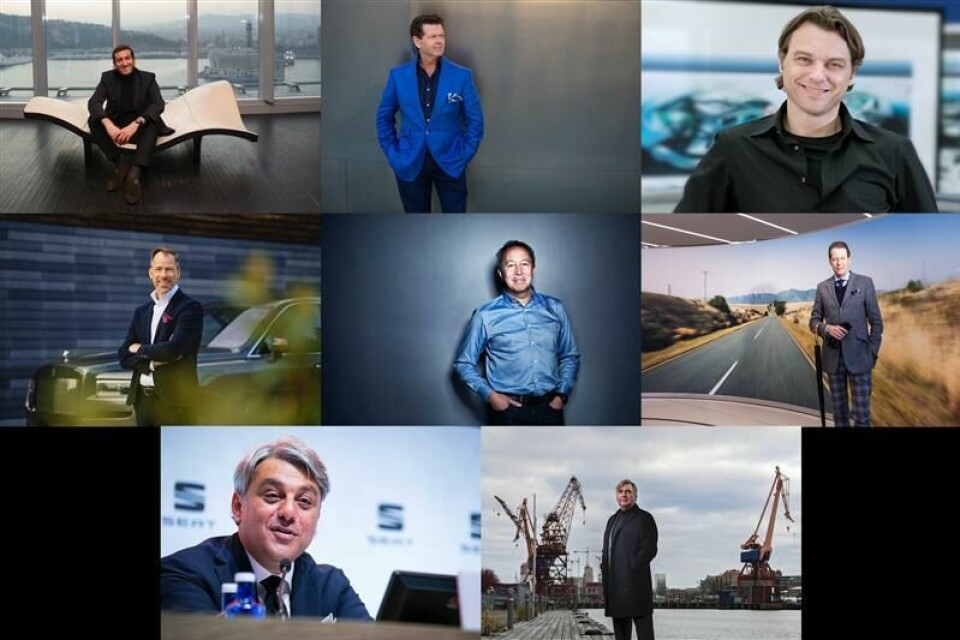
All change please: Dissecting the car design top job merry-go-round
-
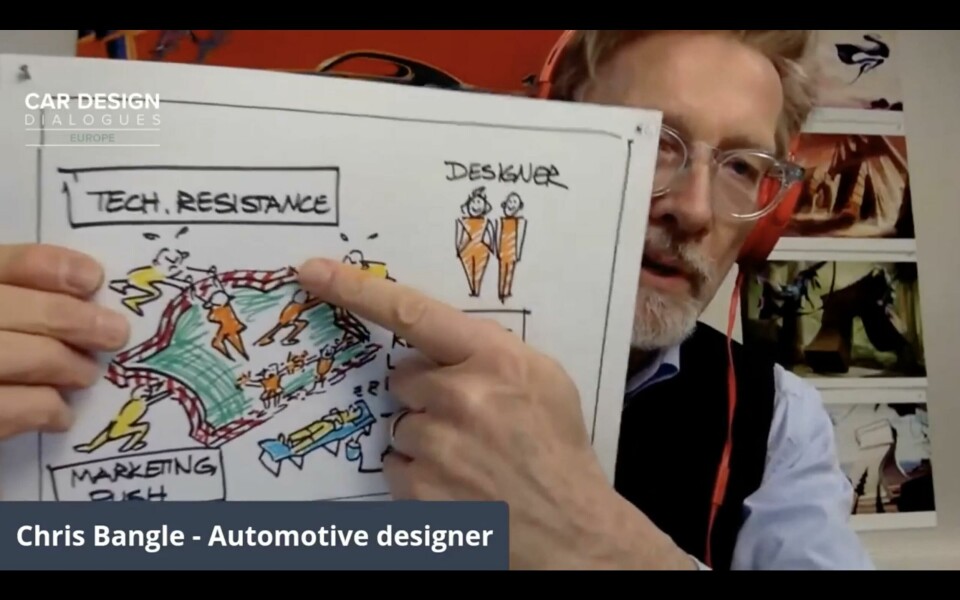
Watch: Fireside chat with Chris Bangle
-

Watch: Low-volume high-performance car design
Predictable, safe and a little dull. For many, this is a fair description of the SUVs that have flooded the market over the past few years. These new models often look identical to ones that have come before, suggesting a lack of ideas or perhaps an unwillingness to push the boundaries of design. It is understandable – SUVS, after all, sell incredibly well. So much so that the format’s success has, in the US market, precipitated a steep decline in the three-box sedan. But success can breed complacency, and now the challenge for designers is to reinvigorate the format.
“It’s natural that automakers want the broadest possible appeal in the largest segment at this point in time,” says Todd Willing, Ford’s global design director, trucks and SUVs. “The inputs are likely to be similar; near-term trends, analysis of competitive offerings, and even testing advanced product with customers of today as companies seek assurance that their investments are well placed can tend to limit larger shifts in either formats or aesthetics. Exceptions to this can be those that are more focused with authentic purpose and iconic heritage that create a deeper connection with owners.” Amid the homogeneity there have been some notable successes.
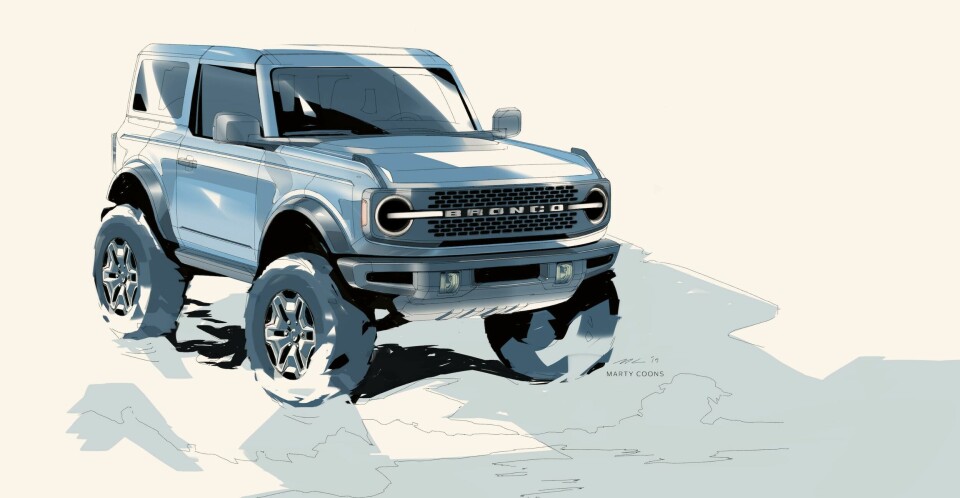
The Ford Bronco springs to mind, as does the Land Rover Defender and the Hyundai Ioniq 5. These three models have each brought new ideas and a fresh feel to the SUV segment while simultaneously championing a strong link to predecessors. Willing and his team were influenced by the Bronco’s 30-year history when creating the sixth-generation model, but also carried out extensive customer research to inform various decisions in the design process. Similarly, the team at Land Rover used the Defender’s 70-year history to “capture the essence and spirit” for the latest model, outlined by head of design Massimo Frascella during Car Design Dialogues.
As for the Ioniq 5, Hyundai’s designers looked to the company’s first ever production car for inspiration – the Pony. It’s also worth mentioning the GMC Hummer EV, which, after more than a decade-long hiatus, now lives on in the form of an all-electric pick-up. But what about companies and design teams that don’t have a long history to leverage? Derek Jenkins, vice president of design at Lucid Motors, has been tapping into other forms of inspiration while leading his team in the development of the Gravity – an all-electric SUV that is set to be launched in 2023. He refers to the rapid rate of tech evolution and vehicle electrification as two key factors.
“There are many opportunities that come with electrification,” he says. “From the performance perspective, SUVs will be able to provide space, flexibility, utility, while not needing to be big lumbering vehicles. Instead, they will be agile and nimble, but still tough and resilient. Electrification will also usher in a new level of off-road capability, with vehicles essentially becoming high-tech rock crawlers.”
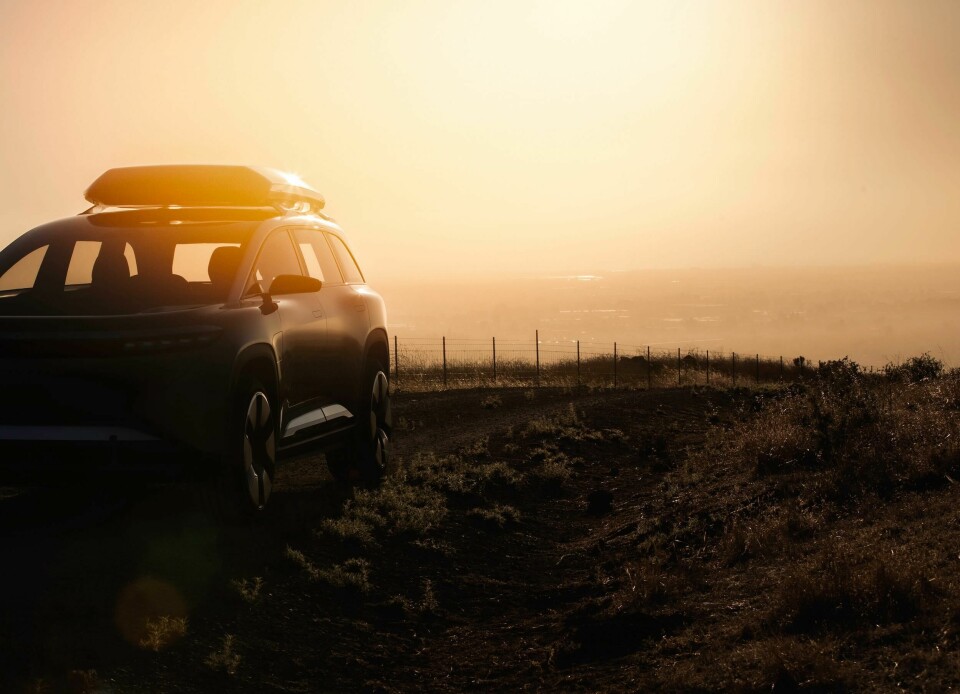
This inherent need to push the boundaries is fast becoming a trademark for Lucid and has already informed the slick exterior and minimalist interior of the Air. Willing agrees with Jenkins, referring to electrification and technology as important enablers for fresh designs while also highlighting customisation.
“The transition to electrification and advancing technologies offer’s fantastic opportunity to explore new formats, architectures and capabilities that break the current paradigm of SUV design,” says Willing. “Another great opportunity is to plan and design from the outset with easy and high-quality customisation in mind, allowing for owners to tailor or change their vehicle over time to more specific use cases and taste. Being ‘accessory ready’ is exemplified by the Bronco design and has relevance across many vehicle lines.”
Both Willing and Jenkins head design teams out of the US, but what about the other side of the pond? How is SUV design evolving in Europe? Robert Lesnik, head of exterior design at Daimler, provides an insight. “As design lovers and experts, you can breathe a sigh of relief – we have so many new designs in progress, so coverage on Car Design News is safe for many years,” he jokes.
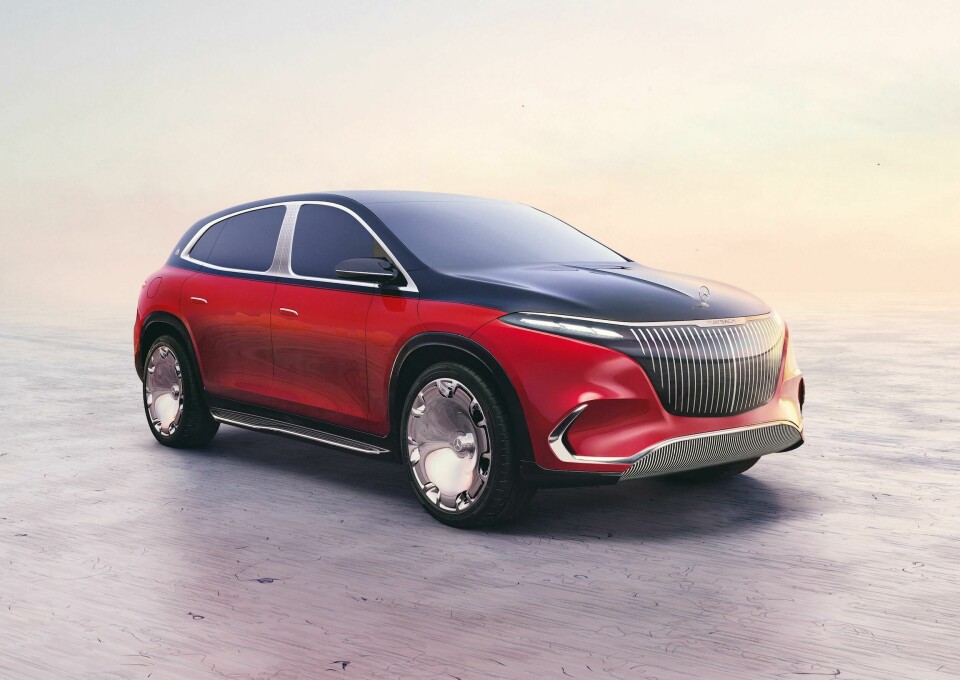
Lesnik points to the recently unveiled Concept Mercedes-Maybach EQS, which he suggests represents a significant leap forward for the Maybach name. “The futuristic design consists of an emotional integration of surfaces and shapes. The front, with its progressive Maybach grille, follows the principle of integration and gives the brand a completely new appearance. In conjunction with the new style aerodynamic SUV proportions, we’re completely redefining the luxury SUV of the future.” He also reveals a “further all-electric model is set to appear, the EQS SUV, which will go into series production in 2022.”
Like Lesnik, Jenkins has an optimistic outlook for SUVs. “I would argue that while throughout my career it seemed like everyone was going down the same path with SUV design, today we find ourselves in an accelerated time of consumer acceptance of new ideas and shapes. They’re more open minded, providing that design can be considered more cutting edge and therefore attractive. We have been able to accelerate design thinking and I think this is due in large part to technology adoption and electrification.”
Jenkins explains that there are now many different sub-segments within the SUV umbrella. For example, the staple SUV is the family-friendly vehicle, priced fairly and designed to be roomy and functional. But there are also the off-roading SUVs, capable of taking on the toughest conditions, and the luxury SUVs that are full of lavish materials and technologies. Finally, there are the sporty SUVs that boast a surprising grunt despite their size.
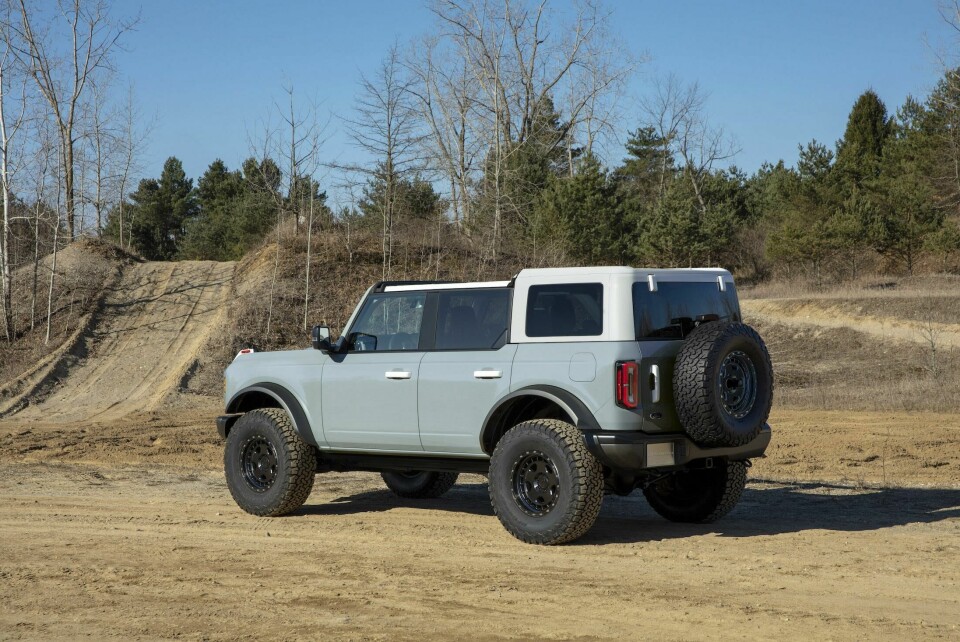
“It’s actually pretty remarkable the time we are in right now,” Jenkins says. “We are living in the golden age of choice. But can aesthetics stretch even further on top of that? Absolutely, and that’s where we’re going next.”
Willing believes there is much more to come too and urges design teams to step away from the norm. “In my experience, creative teams tend to have an almost limitless ability to generate new ideas, combinations and solutions to make continuous progress in vehicle design. The challenge is having confidence in properly-futured insights to make the bet with bigger steps to set you apart from the competition in a way that is both desirable and fresh, with lasting appeal. Merely being a fast follower will never get you there.”



